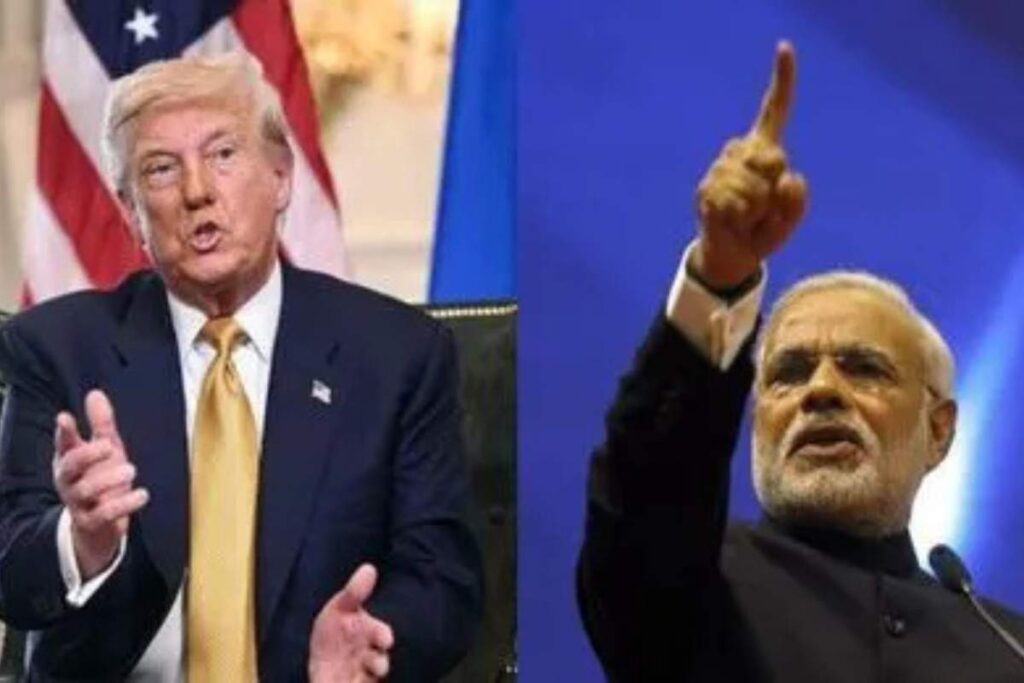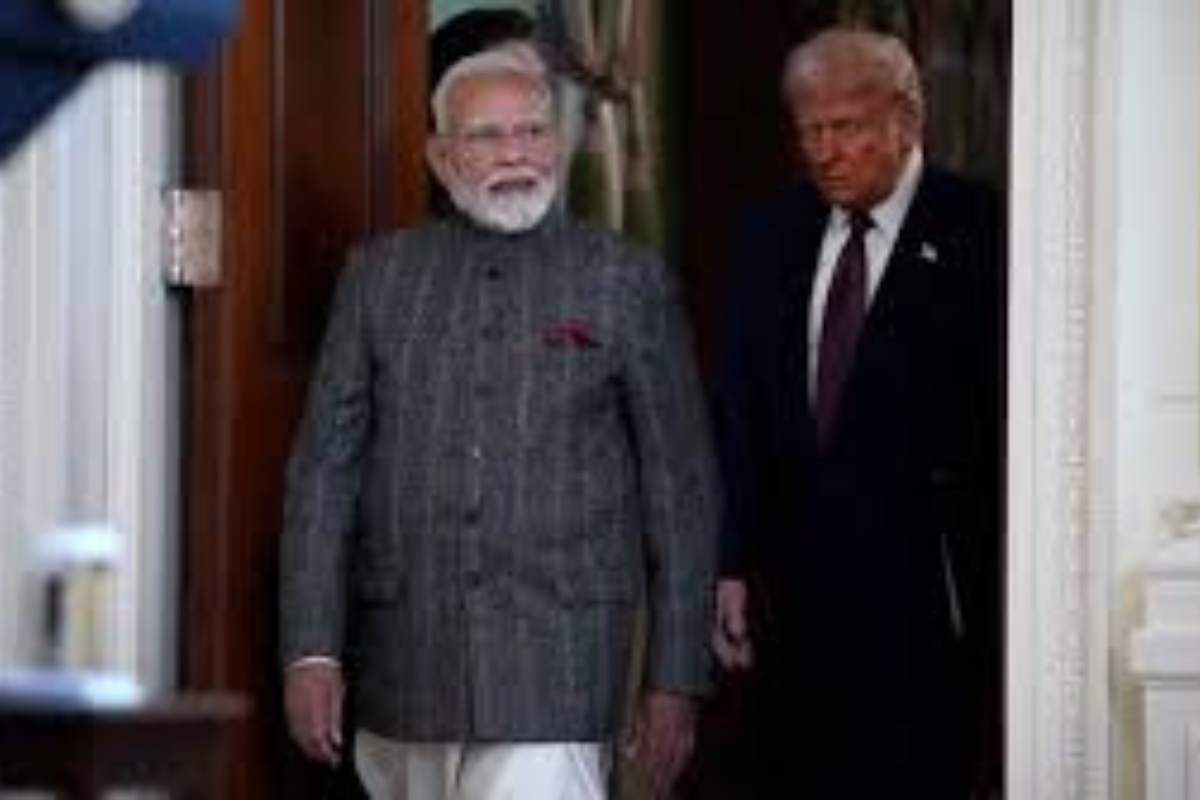A Shock to the Global System
On July 30, 2025, U.S. President Donald Trump stunned global markets and policymakers by declaring an immediate 25% tariff on goods imported from India. And that’s not all, he also warned of an additional, unspecified penalty, all tied directly to India’s robust economic dealings with Russia and what he labeled “obnoxious” trade barriers. The news? It broke like a thunderclap, just days before the new tariffs would hit on August 1.
Let’s unpack why Trump made this move, what it means for business in both countries, and how this moment crystallizes a deeper struggle stretching from Washington, D.C., to New Delhi, and all the way to Moscow.
The Announcement: “They’re My Friends, But…”
Trump’s statement, delivered on his Truth Social platform and echoed across media, pulled no punches. Despite calling India “our friend,” he accused the world’s most populous nation of placing “the most strenuous and obnoxious non-monetary trade barriers of any country.” His frustration was clear: Five rounds of trade talks since early 2025 had gone nowhere, leaving American negotiators empty-handed as Indian tariffs, some of the highest globally, he argued, continued to block U.S. goods.
But Trump went further: In the same breath, he accused India of fueling Russia’s war machine by buying “a vast majority of their military equipment” and massive reserves of Russian oil. This, he said, could not stand, especially with the war in Ukraine now grinding into its fourth year.
And so, the tariff hammer fell. “India will therefore be paying a tariff of 25%, plus a penalty for the above, starting on August first,” Trump wrote, adding, “Thank you for your attention to this matter.”
What Sparked the Showdown?
- Stalled Trade Talks: For months, U.S. and Indian negotiators have tried to hash out a deal, holding marathon sessions in both capitals. But points of contention, especially the U.S. demand for better market access for American agriculture, dairy, and tech, and the Indian insistence on protecting domestic industries, kept progress elusive.
- India’s Russia Strategy: As Western sanctions have tightened on Moscow, India has deepened its energy and defense relationships with Russia, buying record volumes of crude oil and advanced weaponry. The White House argues this undercuts efforts to isolate Russia and end the Ukraine conflict.
- Trade Deficit Under Microscope: Trump pointed to a ballooning U.S. trade deficit with India, $45.7 billion in 2024 and climbing, as justification for taking dramatic action.
What Does the Tariff Actually Cover?
The newly announced 25% tariff is sweeping. It applies to virtually all Indian-origin goods, from consumer electronics to pharmaceuticals, auto parts, and even shrimp. Some sectors are at particular risk:
- Smartphones and Electronics: India recently overtook China as the top supplier of iPhones to the U.S. in Q2 2025, thanks to Apple’s shift to Indian manufacturing. Steep tariffs could disrupt this supply chain, driving up costs for American consumers and threatening India’s rapid rise as a tech export powerhouse.
- Pharmaceuticals: India is a major exporter of affordable generic medicines to the U.S. Rising prices could hit both the American health sector and Indian manufacturers, some of whom are already operating on razor-thin margins.
- Automotive Parts and Industrial Goods: U.S. automakers rely heavily on Indian-made components. Increased costs could squeeze profits and lead to price hikes down the line.
And let’s not forget the ripple effect on Indian jewelry, textiles, processed foods, and more, an ecosystem that, altogether, contributes to nearly $129 billion in annual bilateral goods trade.
Why Now? Timing Is Everything
This wasn’t just about frustrated negotiators. Trump’s tariffs landed against a backdrop of:
- Ongoing efforts to pressure allies (think Japan, the EU, and Vietnam) into striking reciprocal trade deals. Every agreement inked elsewhere narrowed India’s room for maneuver.
- Political pressure back home: For months, Trump has campaigned on a promise to correct what he calls unfair foreign trade practices. He’s repeatedly called India a “tariff king” and accused it of “abusing” American goodwill.
- The looming 2026 U.S. elections, where trade and jobs are hot-button issues.
Funny thing is, this wasn’t Trump’s first attempt at tariffs on India. Back in April, he threatened country-specific duties up to 27%, but a U.S. trade court temporarily blocked those increases. This new round, he signaled, would be harder to reverse.
India’s Response: Stunned, But Not Surprised?
For New Delhi, Trump’s announcement landed with a blend of exasperation and resignation. Indian officials have not issued a direct counter-tariff or official response yet, but there’s no mistaking the sense of urgency and wariness.
- Trade Ministry Scrambling: The next round of U.S.-India trade negotiations is already set for late August in New Delhi. Indian trade officials are under pressure to salvage at least a narrow deal to limit the economic fallout.
- Exporters Sounding the Alarm: Major manufacturing and tech lobbies are warning of job losses, revenue declines, and possible loss of American market share to rivals in Vietnam, Mexico, or Indonesia. There’s also anxiety that retaliatory steps could escalate, a full-blown trade war, if tempers aren’t cooled.
Here’s the kicker: India’s external affairs and commerce ministries are under the microscope, forced to balance longstanding ties with Russia (especially for energy security and defense) and the urgent need to maintain open access to the lucrative U.S. market.
Are Other Countries Watching? You Bet
- China: India’s gains as an alternative supply-chain hub to China may stall, dimming hopes for a “China Plus One” strategy among U.S. tech giants.
- Russia: If India eventually reduces purchases of Russian oil or arms, as the U.S. wants, Russia’s war financing could suffer.
- EU and Asia: American negotiators are already citing the India precedent in talks with other major economies, arguing that quick, reciprocal deals are rewarded, delay, and you get tariffs.
The Stakes for Global Markets
Investors don’t like uncertainty. And this decision? Well, it comes with plenty. Within hours, Indian stock indices showed volatility, with particular pressure on exporters and tech manufacturers. Markets worldwide braced for possible retaliatory moves or broader disruption to supply chains.
Meanwhile, American companies sourcing from India are preparing for price hikes and possible product shortages, depending on how the tariffs are implemented and whether exemptions will be granted for critical goods.
Key Background: A Relationship on the Edge

Worth remembering, this isn’t happening in a vacuum. U.S.-India economic relations have surged over the past two decades, fueled by booming tech, growing middle classes, and shared (if sometimes awkward) democratic values. Total trade in goods and services topped $210 billion in 2024, a record, but still much less than U.S. ties with China or the EU.
Both countries have long flirted with a comprehensive trade agreement. There were even whispered hopes of a “$500 billion partnership” by 2030, a target now looking distant.
Yet friction points have always bubbled: agricultural subsidies, data localization, medical devices, and complaints over investment restrictions.
Breaking Down the Numbers
- $129 billion: Total annual U.S.–India goods trade
- $45.7 billion: U.S. goods trade deficit with India (2024)
- 25%: Tariff rate imposed by Trump, covering most Indian exports
- August 1, 2025: Date tariffs and penalties take effect
Trump’s Rationale: The White House View
Trump and his administration have framed this move as a last resort, a signal both to Delhi and the world that the U.S. expects fairer terms from all trading partners. Some of his core talking points:
- India’s tariffs rank among “the highest in the world,” especially for high-value goods like cars, electronics, and luxury items.
- Non-monetary obstacles, everything from slow customs clearances to complex safety standards, make U.S. exports to India more difficult.
- India’s ongoing defense and energy ties to Russia “undermine Western unity” against Putin’s war in Ukraine.
- By slapping tariffs now, the administration claims it is protecting American jobs and pressuring India toward a more “reciprocal” trading relationship.
What’s Next: Retaliation or Negotiation?
No one seems to know exactly how this will play out. Indian and U.S. delegates are set to meet again late August, and the pressure has never been higher. Experts are divided:
- Some predict India will seek exemptions for priority sectors like pharmaceuticals or IT services, a carve-out that would take the sting from the tariffs, at least partially.
- Others warn of tit-for-tat tariffs. If India targets U.S. goods in response, a serious rift in relations could follow.
- Meanwhile, both sides are exploring whether a “mini-deal”, focused on a few high-value trade categories, might be possible by the end of the summer.
Human Impact: Real Lives, Real Businesses
Behind the headlines, it’s ordinary workers and companies on both sides who will feel the consequences:
- Indian manufacturers have invested heavily in new export lines, especially in tech and textiles, counting on consistent U.S. demand.
- Small agricultural producers, particularly those supplying spices, processed foods, and textiles, worry about canceled orders and shrinking margins.
- U.S. boomers and retirees who rely on affordable generic medicines could see prices rise as costs filter through the system.
- Tech-savvy American consumers searching for the newest smartphone bargains? They’re caught in the crossfire, too.
Final Word: A Study in Tension and Opportunity
Funny thing is, after years of diplomatic smiles, tweets, tense trade rounds, and mutual promises of partnership, it took just a single post, from a president still famous for his unpredictable style, to upend the world’s fastest-growing major trade relationship.
The tariffs, like all tariffs, are about far more than dollars and cents. They’re a litmus test for the future, not only of U.S.–India ties, but also of the global trade order, Russia’s role in Asia, and the way economic power will be wielded in an uncertain era.
Stay tuned. Because this is far from over, and the next move, from either Washington or Delhi, could remake the rules for years to come.








